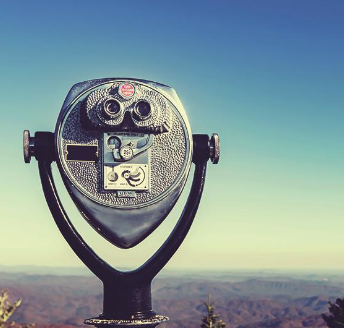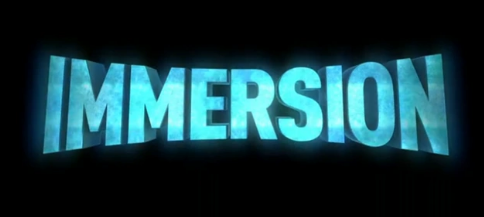We recently posted a blog on the meaning of customer experience and the value of improvement in customer experience design. We elaborated on learning to view the design from ‘inside out’ and ‘outside-in’ simultaneously.

When considering why convenience has become a key differentiator in customer experience, the answer is right in our faces: We all have busy lives; we’re all pulled in multiple directions all day long. Given an alternative, does anyone want less convenience or to spend more time on their to-do list?
This idea isn’t really new. Corner markets and convenience stores aren’t just competing with the big-box superstores, they flourish. Why? The reason is in their names: They’re right where their customers are, and they’re convenient.
They don’t usually have lines, and they don’t have aisles and aisles of choices to sift through. They’ve established just what their shoppers want to be able to run in and grab, be it a hot snack, a cold drink, or gas for the car and ice cream for the kids.
Taking this one step further, let’s consider the downside of limitless choices. In quick and convenient customer experience, the customer doesn’t want to wander around, get lost or distracted, or hit a dead-end on their way to achieving their goal for the transaction; in fact, getting in and out easily with exactly what they need is an integral part of the goal.
The industry disruptors like Amazon are the ones who latch onto this reality and work to not only be proactive and easy on their customers today but to look ahead and implement what will be quick and convenient tomorrow.
For instance, the most effective chatbots are programmed to recognize when a customer is struggling and to effortlessly deliver that customer to a live customer service agent.
Changing your approach so that each part of the customer experience is created around your customers’ definition of what is convenient is what creates loyalty today. Have you gone through your own company’s customer journey recently? If you were a customer, would you feel your company is easy to do business with?
Our team at Digital Spark Marketing often gets asked why emphasize customer experience design. The answer we believe is pretty simple. Customers remember and value great experiences that demonstrate deep understanding and respect for their needs.
When businesses learn how to deliver and evolve differentiated experiences, they are able to build strong and enduring customer relationships that enable business growth.
We have defined 10 laws of customer experience design that we use in the process of improving the design of our clients’ customer experience. Today we examine the 10 laws of customer experience design. We give a short discussion of these laws here:
Consistency
The idea is to make things more user-friendly by aesthetic consistency of style and appearance. We recommend defining and implementing a set of standards here.
Co-creation of Value
Customer experience innovation is a bottom-up process we believe. Employ your customers in the ideation and design process.
Observations

Frame the experience design in the context of your customers’ actual use. You will receive fewer ideas by asking what they want.
Storytelling
Create better imageries, emotions, and understanding through sharing of stories with your customer communities.
Hierarchy of needs
Customer experience features must serve the lower-level human needs before the high-level needs can begin to be addressed.
Expectation effect
This law refers to ways in which expectations affect perceptions and behavior. When people are aware of a probable outcome, their perceptions and behaviors are affected in many ways. Expectation management should be a key component of the design process.
Exposure effect
To obtain a good exposure effect, find the best stimuli to repeatedly present. Find the ones that are best liked, accepted, and shared. The strongest types of stimuli to consider are photos and meaningful phrases
Immersion
This law states that the time required for a customer to make a decision is a direct function of the number of available choices. Too many choices are not a good design.

A state of customer mental focus so great that the awareness of the ‘real’ world is lost … resulting in happiness and satisfaction.
Customer life cycle stages
All customer experiences progress through life cycle stages of existence … all of which must be understood and designed for. These stages include awareness, consideration, acquisition, service and warranty, and reconsideration.
The bottom line
Our job as marketers is to do the hard work of finding and nurturing charismatic ideas on customer experience we can be proud of. One place to start is to look at the ideas you’re trying to spread.
Consider whether they’re charismatic enough to earn the effort you’re putting into them–and if not, how to replace them with ideas that are.
